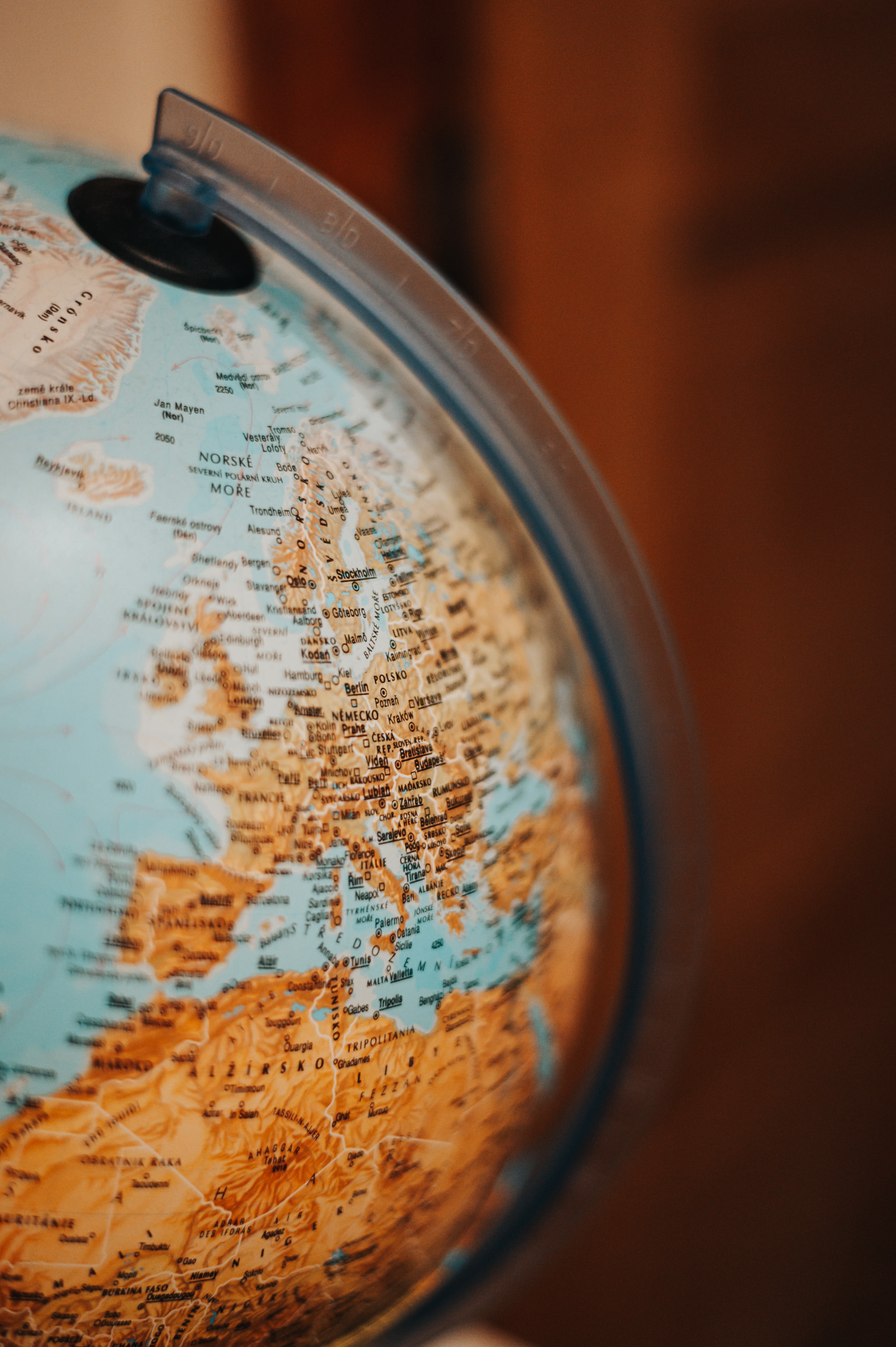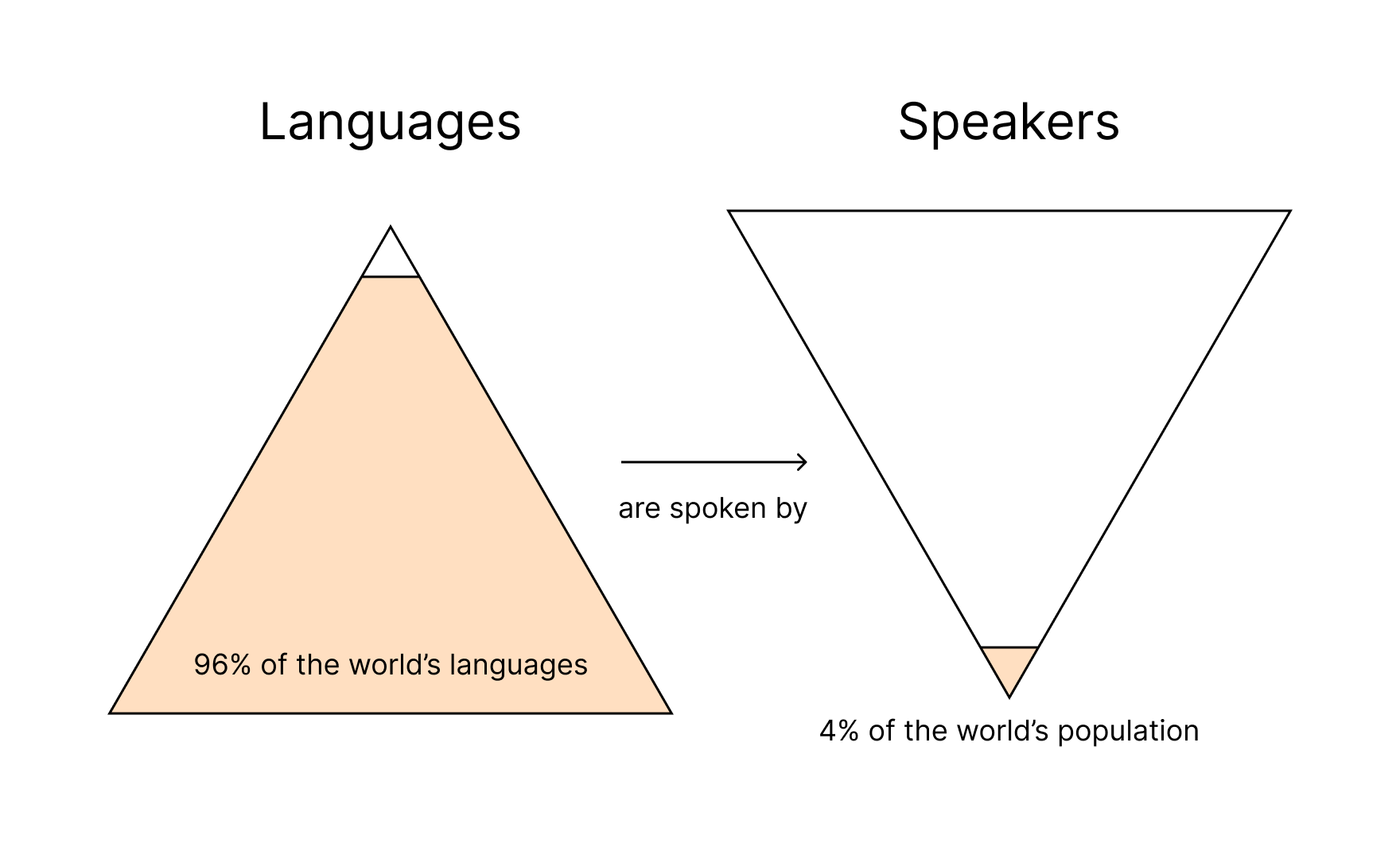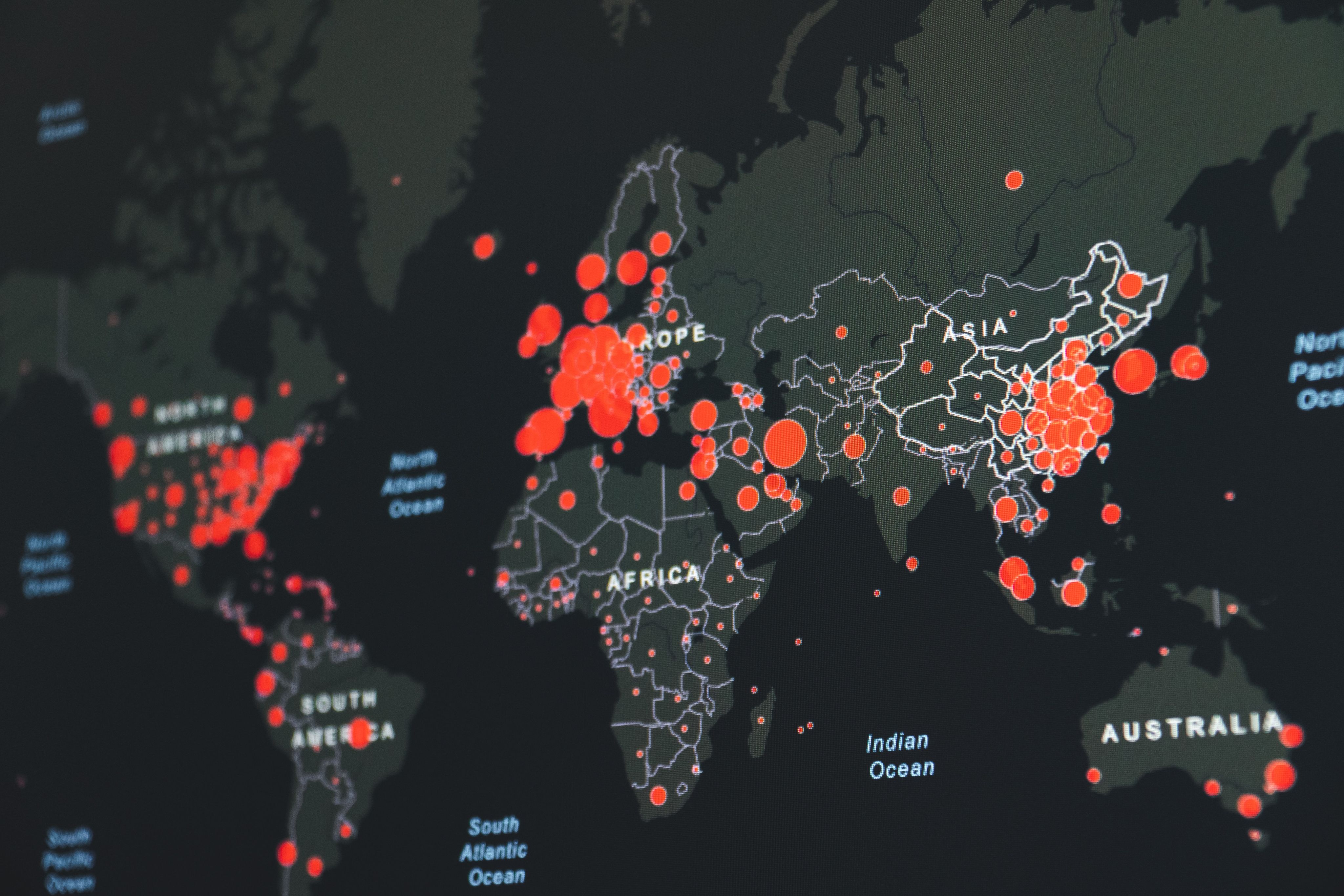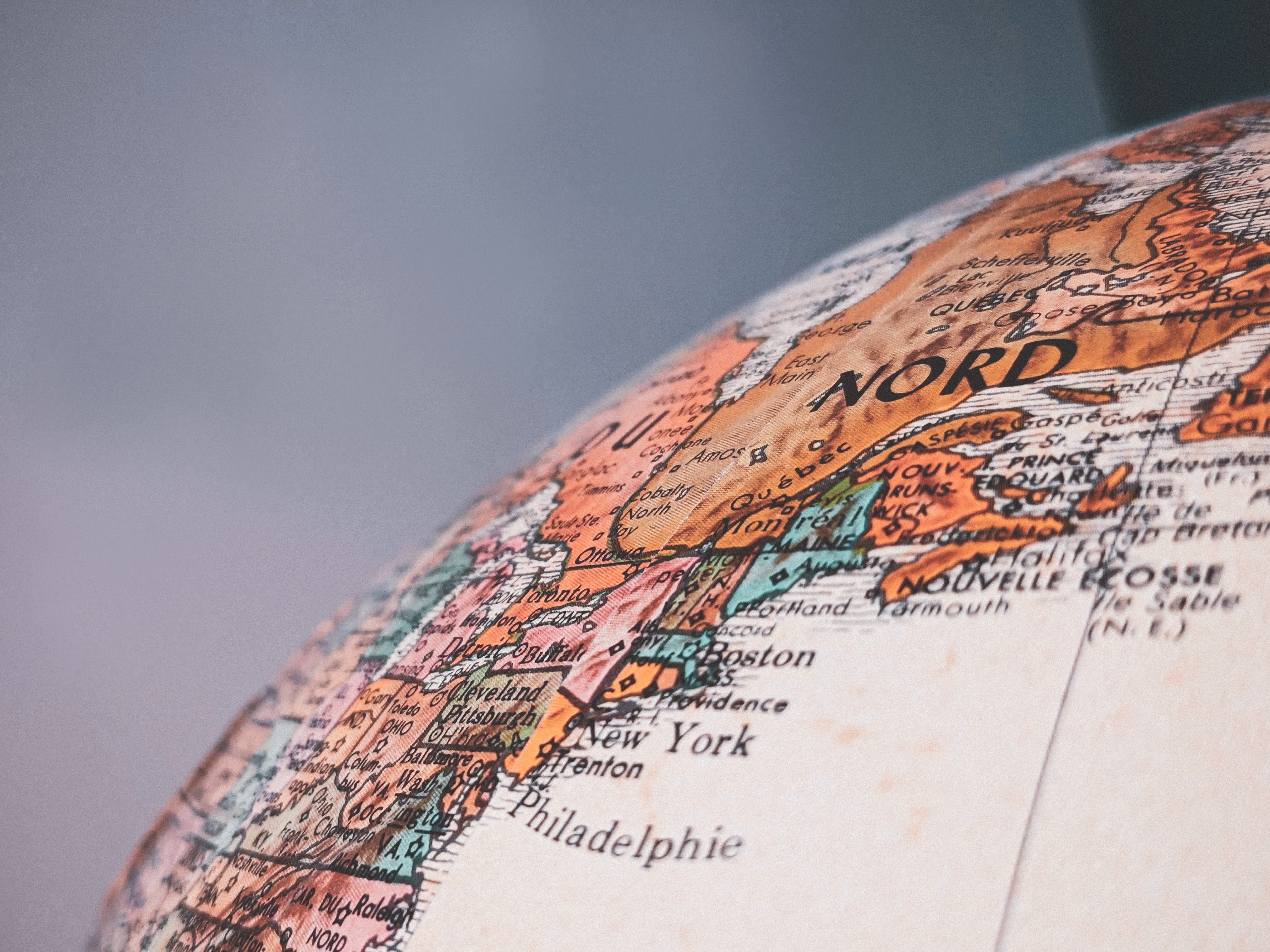Save Our Languages
A look into the problem of language extinction and what we can do to save endangered languages

Language is an essential system of communication for human beings. A language consists of vocabulary and grammar. It can be expressed through the forms of writing, speech, and sign. The origin of language can date back to 150,000 years ago.
According to the United Nations and The Encyclopedia, some of the most important functions of languages include identity acknowledgment and emotional expression. In our society today, languages are not only a tool to enable communication among each other - they contribute to shaping different minds, cultures, and perceptions. We rely on languages to learn about our own identity and other diverse cultures in this world. Languages are at the center of what defines us as human beings.
Therefore, preserving the diversity of languages is a crucial topic. Learning, documenting, and saving languages equates to protecting our civilizations. As global citizens, we are responsible for promoting intercultural dialogue and global understanding with the bridge of language.

Photo by Jan Kopřiva on Unsplash
Photo by Jan Kopřiva on Unsplash
It is estimated that there are over
languages in the world today

Not surprisingly, English is the dominant and probably the most influential language in the world. A majority of countries list English as their official language and education requirement. The popularization of technology also greatly promotes the use of English as it is the default language for programming.
When it comes to native languages, Chinese has the largest number of native speakers due to China's massive population. Over 1.4 billion people use Chinese as their native language. Hindi-Urdu and English come next. Since these 12 languages have a large base of native speakers, they are also popular choices for those who want to learn a second or third language.
However, the numbers of people who speak different languages are extremely unbalanced.
The 12 languages in the chart above are the major native languages in the world. People who speak them as their native languages account for over half of the world's population. This shows an imbalance in the proportion of native speakers for different languages as most languages are not used fluently by the majority of the world.
In general, 96% of the languages are spoken by only 4% of the population in the world.

Many languages are facing the threat of extinction.

Language extinction is the situation where a language no longer has any speakers. A language is considered endangered when it has a declining number of speakers and is likely to become extinct in the near future. Endangerment also has a few categories in terms of urgency:
- Vulnerable: Many children are still speaking the language, but the area is limited.
- Definitely endangered: It is no longer learned as the native language for children.
- Severely endangered: People may understand the language but do not use it to communicate among themselves or with their children.
- Critically endangered: Only old people speak the language, and they don't even use it frequently.
Today
1 language becomes extinct
every 2 weeks
In the map below, we can see the number of endangered languages in each country. As a nation of immigrants, the United States is one of the countries that have the most endangered languages.
On the left-hand side is only a very small portion of the critically endangered languages in the world.
Note that all these endangered languages in the bubbles now have only 1 speaker left!
So what might cause language extinction?

Causes of Language Dominance and Endangerment

Photo by Katie Moum on Unsplash
Photo by Katie Moum on Unsplash
Political
The languages of powerful countries in the world tend to have a strong influence, while those of smaller and relatively weaker countries are more likely to be neglected. If a language is set to be the official language by the government, it also has a higher status than those that are not. It cannot be denied that English gained its worldwide influence today thanks to being the official language of the UK and the US, two of the most powerful countries in the world.

Photo by Timon Studler on Unsplash
Photo by Timon Studler on Unsplash
Social
When people immigrate from one country to another, they are mostly required to learn the local language, which then becomes the native language of their children. For example, many second-or-third generation immigrants in the United States speak English and cannot understand the original language of their families. In addition, people tend only to learn the languages that benefit them in society.

Photo by Martin Sanchez on Unsplash
Photo by Martin Sanchez on Unsplash
Natural
Natural catastrophes can also cause the extinction of languages. Disasters such as famine, disease, flood, and earthquake can significantly reduce the population or wipe out an entire nation in a short period of time, leaving insufficient resources to pass on the language.
Let's take a closer look at one of the endangered languages which you probably will be surprised at:
Irish ("Gaeilge")
Although Irish is the first official language of Ireland and an EU official language, it is in the state of “definitely endangered” under the assessment of UNESCO’s Atlas of World Languages in Danger. Around 40% of the people in Ireland can speak Irish nowadays, and only less than 2% of them speak Irish on a daily basis. The bar chart below shows that the number of daily Irish speakers in the Gaeltacht area, which is made up of the districts of Ireland and is considered to be the home of the Irish language, has been constantly declining over the years.
There are many reasons that cause the endangerment of the Irish language, including the population decline. But the main pressure comes from the dominance of English. English is widely accepted, used, and promoted in Ireland. Generations of Irish children were punished for not speaking English at school. The long-time repression of Irish in its own home country contributed greatly to the debility of the language today.
1.8%
of the Irish population speak Irish daily
40.6%
of the Irish population can speak Irish
20,000 - 40,000
native speakers in the world
90%
of the languages are likely to be extinct in this century

Time to take actions to save our languages

1. Open to teaching and learning
Be curious and open to teaching and learning different languages, especially the less popular ones!
If you know someone who speaks endangered languages, express your interest in learning more about the languages and see whether you could set up learning sessions directly with them. It is always best to practice with a speaker! If you personally speak a non-mainstream language, let other people know and promote your language with pride!

Photo by Kenny Eliason on Unsplash
Photo by Kenny Eliason on Unsplash

Logo from Duolingo official brand resource
Logo from Duolingo official brand resource
2. Utilize technology to learn endangered or less popular languages in everyday life
Technology has made our lives much more convenient and created a lot of new opportunities to learn languages. Spending a few minutes every day on a website or mobile app learning endangered or less popular languages can make a huge difference.
Apps like Duolingo are a great choice to start learning endangered languages today. An increasing number of language learners are using Duolingo, which offers a diverse collection of languages including some endangered ones.
41
languages offered on Duolingo today
Irish, Navajo, Hawaiian
examples of the endangered languages available to learn on Duolingo
3. Participate in research projects on language preservation
If you have the resources and effort, contribute to one of the endangered language protection projects by conducting research, organizing documentation, or simply adding useful information you know.
“If you talk to a man in a language he understands, that goes to his head. If you talk to him in his own language, that goes to his heart”
– Nelson Mandela

References
Noack, R., & Gamio, L. (2021, December 1). The world's languages, in 7 maps and charts. The Washington Post. Retrieved October 12, 2022, from https://www.washingtonpost.com/news/worldviews/wp/2015/04/23/the-worlds-languages-in-7-maps-and-charts/
Foltz, A. (2022, October 12). How languages die. The New Republic. Retrieved October 12, 2022, from https://newrepublic.com/article/125501/languages-die
Sichel, B. (2019, November 5). Extinct languages: When and why they die off: ILS. ILS Translations. Retrieved October 12, 2022, from https://www.ilstranslations.com/blog/understanding-extinct-languages-when-and-why-they-die-off/
Guvi, S. (2021, May 16). Language extinction: Why it's important to promote linguistic diversity. TEDxVienna Magazine. Retrieved October 12, 2022, from https://magazine.tedxvienna.at/2021/02/19/language-extinction-important-promote-linguistic-diversity/
Many indigenous languages are in danger of extinction. OHCHR. (2019, October 17). Retrieved October 12, 2022, from https://www.ohchr.org/en/stories/2019/10/many-indigenous-languages-are-danger-extinction
Anna H. (2015, July 17). To have Irish. Pulitzer Center. Retrieved October 12, 2022, from https://pulitzercenter.org/stories/have-irish#:~:text=One%20of%20Ireland's%20most%20prized,is%20in%20a%20dire%20state.
Irish. Endangered Language Alliance. (n.d.). Retrieved October 12, 2022, from https://www.elalliance.org/languages/irish
Endangered Languages and Diversity. OLEAD 410 Leadership in a Global Context. (2017, January 27). Retrieved October 12, 2022, from https://sites.psu.edu/global/2017/01/27/endangered-languages-and-diversity/
Montgomery, L., & Ryan, E. (2010, April 27). World's 18 most endangered spoken languages. The Christian Science Monitor. Retrieved October 12, 2022, from https://www.csmonitor.com/World/Global-Issues/2010/0427/World-s-18-most-endangered-spoken-languages
United Nations. (n.d.). Safeguarding cultural and linguistic diversity in the context of global citizenship. United Nations. Retrieved October 12, 2022, from https://www.un.org/en/chronicle/article/safeguarding-cultural-and-linguistic-diversity-context-global-citizenship
Evans, L. (2011, April 15). Endangered languages: The full list. The Guardian. Retrieved October 12, 2022, from https://www.theguardian.com/news/datablog/2011/apr/15/language-extinct-endangered
The Learning Network. (2022, June 22). Endangered languages are worth saving. The New York Times. Retrieved October 12, 2022, from https://www.nytimes.com/2022/06/22/learning/endangered-languages-are-worth-saving.html